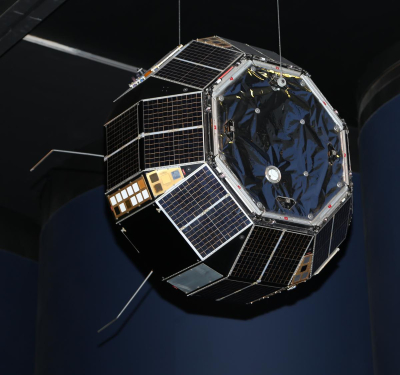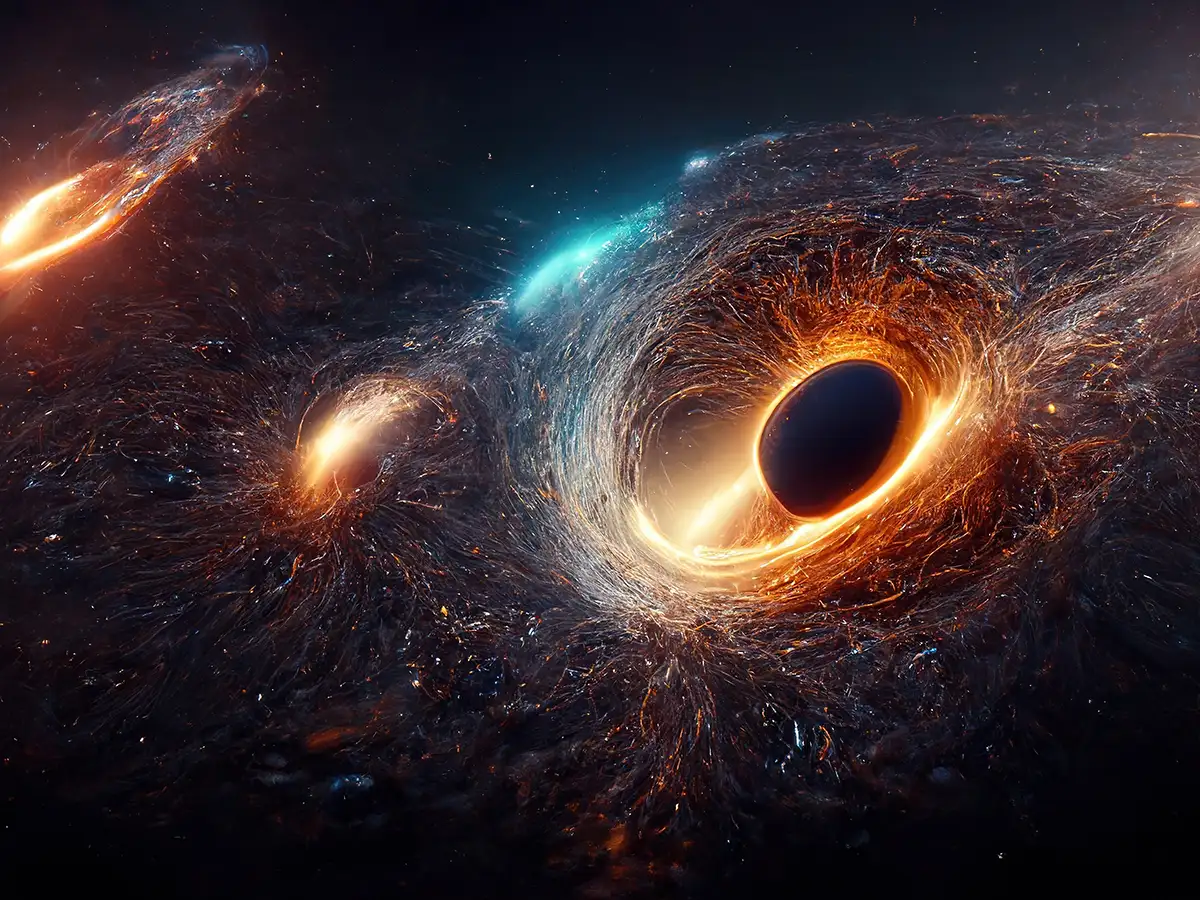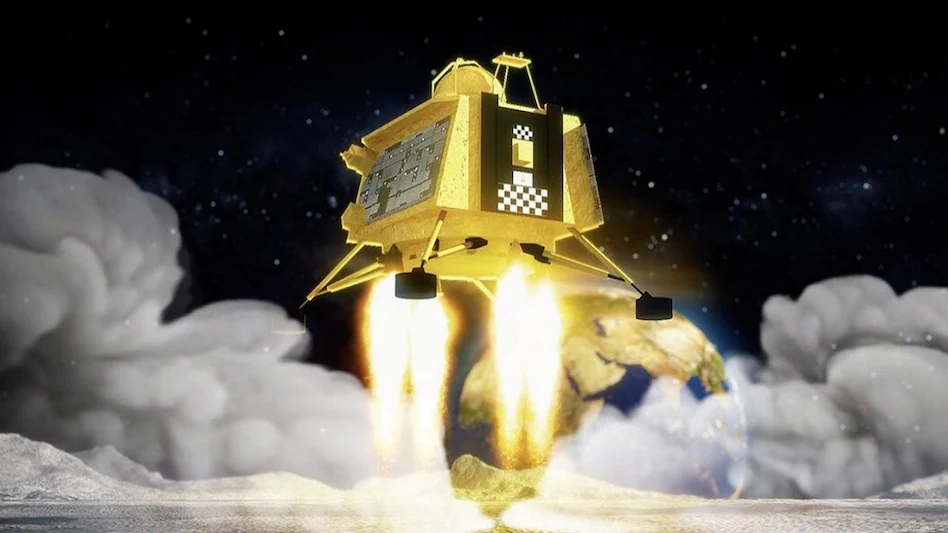Which was the cancelled mission that succeeded ?

On October 28, 1971. Great Britain officially entered the space race. becoming the sixth country to place a satellite into orbit using their own launch vehicle While the Prospero satellite had been successfully launched, the project responsible for it had been scrapped months earlier. A.S.Ganesh takes a look at a cancelled mission that still succeeded....
What were you doing when Chandrayaan 3 created history by landing near the south pole of the moon? This is one question that you might keep encountering throughout your lifetime. It is human nature to link associate and talk about what we as individuals were doing when something historic pans out.
These things however, are also a by-product of how we are made to feel about a particular event. For even when something historic takes place, it might not always create waves if there isn't enough hype around it. The successful launch of the Prospero satellite is one such event.
The second half of the 20th Century was an exciting time in the space race. While the US. and the Soviet Union were at the forefront, the UK was only third to them in the field of rocket technology. Despite having a workable satellite launch programme and plans for human-based missions, it all came apart for Great Britain in a matter of years.
No fanfare
Britain became the sixth nation to place a satellite into orbit with a carrier rocket developed indigenously on October 28, 1971. Unlike the frenzy surrounding the success of Chandrayaan-3, there was little fanfare associated with it.
Even if we are to account for the half a century in between and the way in which news is disseminated with today's technology and social media, what happened with Prospero would still be found wanting. While the American and Soviet space programmes of the time were being celebrated, Prospero's successful launch was a low-key affair.
Black Arrow project
Regardless of how it was received. Prospero's launch was a triumph. The scientists and engineers at the Royal Aircraft Establishment had been involved with the British space programme from late in the 1950s and all their skills had been invested on this satellite.
The Black Arrow project programme was a continuation of the U.K.'s missile defence programme. The first attempt to launch a satellite (X-2) was a failure in September 1970 as the second stage of the rocket failed to pressurise. With this literally being their last chance, the team based at the launch site in Woomera, Australia did everything with extreme caution. The Black Arrow rocket was launched on October 28, 1971 from Woomera and within minutes the Prospero satellite, manufactured by the British Aircraft Corporation and Marconi, was placed successfully in a polar orbit.
Joy and regret
The joy that the success brought was mixed with sadness for all those involved because the British government had cancelled the Black Arrow project three months earlier owing to escalating costs and funding coming to a standstill. The government had agreed upon one final launch attempt which resulted in Prospero's success. With the government distancing itself from the project, there was little about the mission for the consumption of the public. It took two days for the news of the successful launch to reach the U.K. and even then it did not make it to the front page of most newspapers.
Transmits for decades
The 66 kg Prospero was a tiny device designed to test systems for future launches (that never came about) and carried a single scientific instrument. While the tape recorders it carried stopped functioning in 1973. Prospero transmitted a signal for over two decades and continues to orbit the Earth Just before the age of the commercial satellites began, the British government pulled the plug after having decided that space was largely a waste of money. Prospero is not only the first, but remains so far the only British satellite launched on a British-built rocket.
Picture Credit : Google

